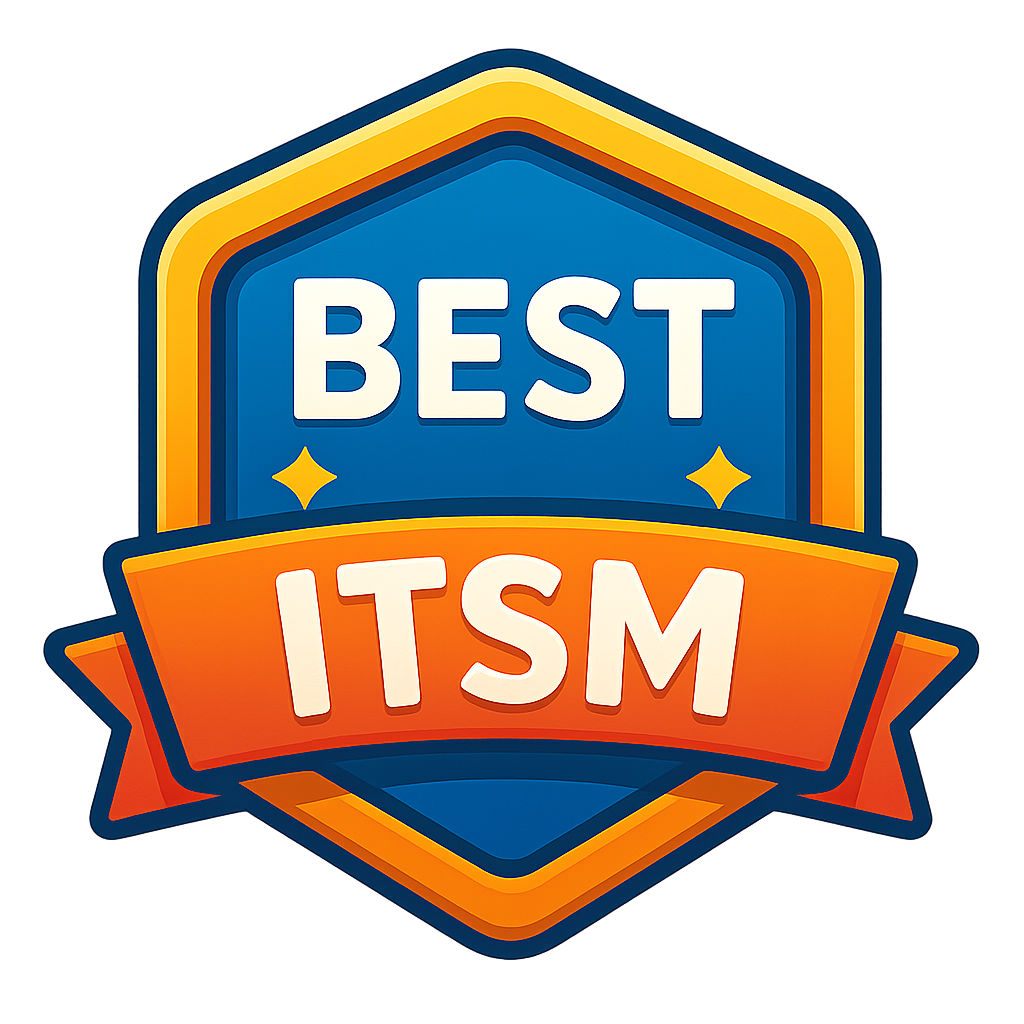Automated Notifications and Alerts
What are Automated Notifications and Alerts? Automated notifications and alerts are essential features in modern software systems, designed to improve responsiveness and efficiency by providing real-time updates to users about important events, deadlines, and changes. These automated messages ensure that relevant stakeholders are informed promptly, enabling timely actions and reducing the need for manual follow-up tasks.
At their core, automated notifications and alerts are triggered by predefined conditions or events within a system. These triggers can be based on various criteria, such as time-based schedules, specific user actions, changes in data, or system events. Once a trigger condition is met, the system automatically generates and sends a notification or alert to the appropriate users through various communication channels, including email, SMS, push notifications, or in-app messages.
One of the primary benefits of automated notifications and alerts is improved responsiveness. In many business scenarios, timely information is critical for effective decision-making and action. For example, in an IT service management system, automated alerts can notify support teams immediately when a high-priority incident occurs, enabling them to respond quickly and minimize downtime. Similarly, in a project management tool, automated reminders can alert team members about upcoming deadlines, ensuring that tasks are completed on time.
Enhanced efficiency is another significant advantage. Automated notifications and alerts reduce the need for manual monitoring and follow-up, freeing up time for employees to focus on more value-added activities. For instance, in an inventory management system, automated alerts can notify procurement teams when stock levels fall below a certain threshold, triggering reorder processes without the need for manual intervention.
Automated notifications and alerts also improve communication and collaboration within organizations. By ensuring that relevant information is shared promptly with the right people, these features help maintain alignment and coordination among teams. For example, in a sales CRM system, automated notifications can alert sales representatives about new leads or changes in lead status, enabling them to take timely action and improve customer engagement.
From a technical perspective, setting up automated notifications and alerts involves defining the triggers, message content, and delivery channels. Triggers are the conditions that initiate the notification process. These can be simple, such as a specific date and time, or complex, involving multiple conditions and dependencies. Message content includes the information that will be conveyed in the notification or alert. This content should be clear, concise, and relevant to the recipient. Delivery channels are the methods used to send the notification, such as email, SMS, or push notifications.
Customization is a key aspect of effective automated notifications and alerts. Organizations can tailor notifications to meet their specific needs, ensuring that users receive relevant and actionable information. This customization can include setting different triggers for different user roles, personalizing message content based on user preferences, and selecting the most appropriate delivery channels for each type of notification.
Integration with other systems is another important consideration. Automated notifications and alerts are often part of larger software ecosystems, and seamless integration with other applications ensures that information flows smoothly across systems. For example, integrating an automated notification system with a business intelligence platform can enable real-time alerts based on data analytics and insights, providing users with timely information to support decision-making.
In conclusion, automated notifications and alerts are powerful features that enhance responsiveness, efficiency, and communication within organizations. By providing real-time updates about important events, deadlines, and changes, these automated messages ensure that relevant stakeholders are informed promptly and can take timely actions. Leveraging customization and integration capabilities, organizations can optimize their notification systems to meet their specific needs and drive business success.
